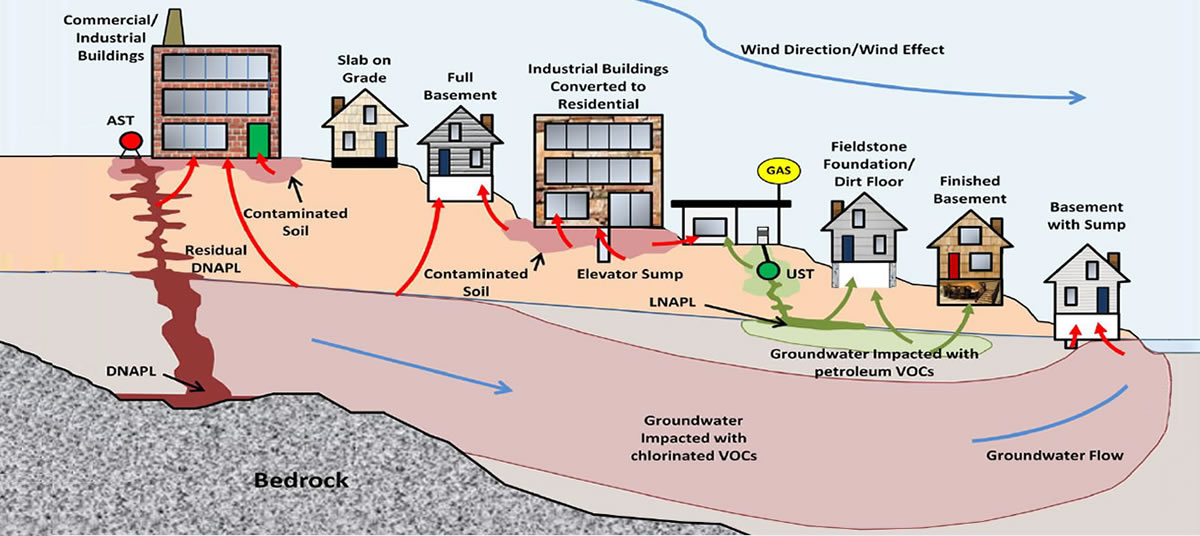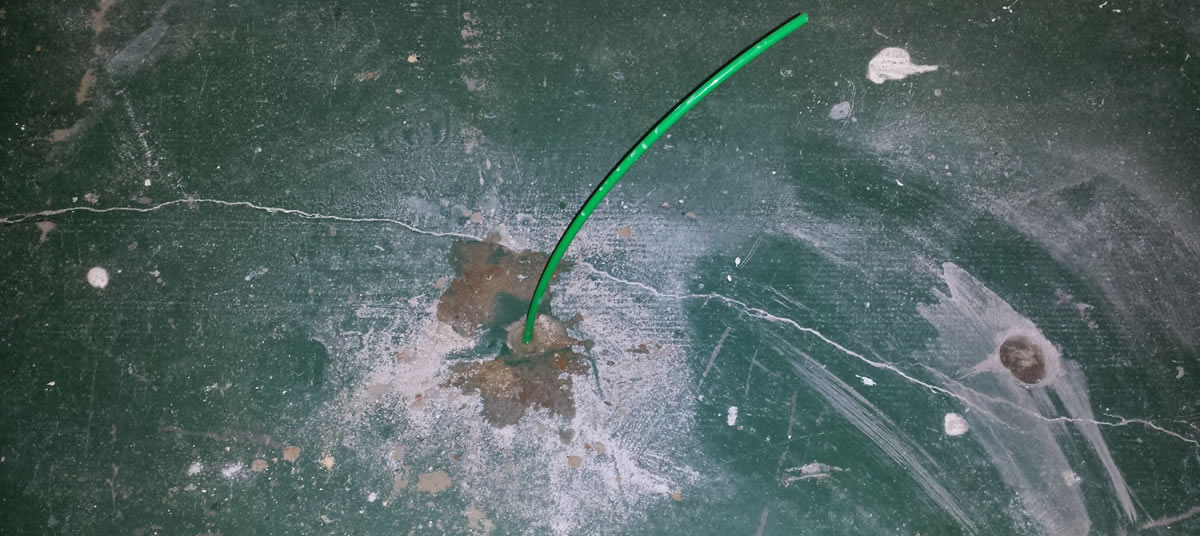Total Vapor Solutions (TVS) provides a complete range of options to collect the appropriate soil vapor samples. Whether your project calls for sub-slab samples, near slab samples, deep soil gas samples or a combination, Total Vapor Solutions has you covered. Unsure about what time of samples you need to collect? Let us help you make the right decision.
Soil Vapor Sampling – Soil vapor samples can be collected from only one depth (near slab, shallow soil gas or deep soil gas) or from multiple depths to help determine the source of the vapor contamination (groundwater, soil or vapor phase contamination). Generally, Near slab, soil gas samples are typically collected within 10’ of a structure. Shallow soil gas samples can be collected as shallow as 2’ below ground surface. Deep soil gas samples should not be collected closer than 5’ above the groundwater table.
Sub-slab Soil Gas Samples – Sub-slab soil gas samples are typically collected within an existing structure that has a concrete slab. Sub-slab samples are considered to be representative of the vapor concentrations directly below the concrete slab (sub-slab). Vapor contamination below the concrete slab has the potential to migrate into the indoor air thru preferential pathways or thru the concrete slab.
Indoor Air/Ambient Air – Direct measurements of the quality of the indoor air or ambient air are typically done by collecting air samples into exacuated Summa canisters. The duration of the sample typically depends on whether the structure being evaluated is a residential structure or a nonresidential structure. Alternate methods of evaluating the quality of indoor or ambient air as also available, contact us with questions.
Crawl Space Air Samples – If the residence or non-residential structure is not constructed as a slab on grade structure, it may have a crawl space between the ground and the floor of the structure. If this is the case, it may be advisable to collect a sample from within the crawl space. The duration of the sample typically depends on whether the structure being evaluated is a residential structure or a nonresidential structure.


